For decades, the search for a room-temperature superconductor was widely considered a theoretical “holy grail” in physics.
By John Heilprin
Sept. 8, 2025
A new consensus is emerging among scientists and investors that the most tangible opportunities lie not in a breakthrough material, but in the practical application of existing ones.
The strategic shift, highlighted in the 2024 GESDA Science Breakthrough Radar®, suggests commercial viability for these materials is accelerating. A series of recent studies from Swiss research institutions and global partners underscore this transition, demonstrating how breakthroughs in medical technology, quantum computing, and energy are now moving from laboratory concepts toward industrial implementation.
As Carmine Senatore, head of the Group of Applied Superconductivity at the University of Geneva, and a contributor to the GESDA Radar, says in his invited contribution, “The existence of such materials, much less their discovery, remains extremely uncertain. The greater opportunity lies in making the most of the materials we currently have.”
Industrial applications provide a path to market
For years, the commercial viability of superconductors has been limited by the cost and complexity of cryogenic cooling. But recent developments demonstrate how this technology can transition from the laboratory into industrial use. A report from Nexans, a French company, emphasizes that superconducting cables are a “game-changer” for future energy networks, highlighting their ability to carry eight to 10 times more power with a much smaller footprint.
The use of HTS materials in high-field magnets is a primary area of focus. These magnets are integral to medical imaging, permitting high-resolution magnetic-resonance imaging, or MRI, that has “revolutionized medical diagnostics by enabling biological tissues and processes to be visualised and characterised non-invasively with unprecedented clarity and detail,” Senatore said.
In a notable local development, his group at the University of Geneva, in collaboration with the private company Bruker BioSpin, set a European record by generating a 25 Tesla magnetic field using HTS. This is a crucial step toward developing more powerful, compact, and accessible MRI systems.
A further synergy is being explored in transportation, where liquid hydrogen, already in use as a clean energy carrier, can also serve as a cryogenic coolant for superconducting components. This could enable more efficient electric motors for aircraft, trains, and other vehicles.
The quantum connection and a platform for future computing
The trajectory of quantum computing is intrinsically linked to advances in superconductivity. The quest for more stable and less noisy qubits is driving the development of new superconducting materials. Swiss researchers are positioned at the vanguard of this effort.
A collaboration between the Paul Scherrer Institute, or PSI, and the University of Basel has yielded a new superconducting qubit platform, a “gatemon” qubit, which demonstrates improved compatibility with existing semiconductor technology. The team successfully observed a key quantum effect known as “Crossed Andreev Reflection,” a signature of a type of qubit that could be highly stable and suitable for large-scale systems.
In a separate, but equally significant, discovery, a PSI-led team has identified a new high-temperature superconducting phase in the “kagome” metal LaRu₃Si₂. The study, published in Nature Communications and Advanced Materials, revealed a highly robust charge order in the material and demonstrated that by applying pressure, its superconducting temperature can be raised to 9 Kelvin. The breakthrough positions the material as a vital system for understanding the fundamental properties of superconductors. Adding to this, a recent study from Rice University, published in late August, further confirmed that “flat electronic bands” in kagome superconductors are not just theoretical but actively influence superconductivity and magnetism, guiding the design of next-generation quantum materials.
Beyond Switzerland, major tech companies are making significant investments. Google has developed a new digital-analogue quantum simulator using 69 superconducting qubits to study physical processes with high precision. In Japan, Fujitsu, in collaboration with the National Institute of Advanced Industrial Science and Technology, or AIST, has begun the development of a 10,000-plus qubit superconducting quantum computer with a target completion date of 2030, aiming for a new “STAR architecture.” Furthermore, a Caltech team recently developed a method to convert quantum information from qubits into sound waves, making it last 30 times longer — a significant step in addressing quantum decoherence.
Investment and outlook for accelerating commercialization
The commercial momentum behind superconductors is evident in the investment landscape. According to Senatore, the “industrial maturity of high-temperature superconductors, capable of generating exceptionally strong magnetic fields, has reinvigorated interest and investment in fusion-energy research,” with the latest 2025 Global Fusion Industry Report from the Fusion Industry Association confirming private investment has surged to $9.7 billion, with over $2.6 billion raised in the last year alone.
This influx of capital could place the timeline for commercial fusion power as early as the 2030s. The accelerated progress is underscored by recent milestones, such as Commonwealth Fusion Systems successfully completing the assembly of the magnetic confinement systems for its compact tokamak, SPARC, utilizing high-temperature superconductors. Globally, China’s Experimental Advanced Superconducting Tokamak also recently sustained a plasma for over 15 minutes, highlighting ongoing rapid advancements.
A market analysis report projects the global market for Superconducting Magnetic Energy Storage, or SMES, to grow to an estimated $60.42 billion by 2025. This growth is being driven by the need for grid stability and the integration of renewable energy sources. This technology’s potential extends “well beyond the anticipation of a room-temperature breakthrough, offering tangible solutions to pressing global challenges.”
Where the science and diplomacy can take us
The 2024 GESDA Science Breakthrough Radar®, distilling the insights of 2,100 scientists from 87 countries, anticipates several upcoming breakthroughs in computing. Key Radar references:
→ 
→ 
→ 
→ 










